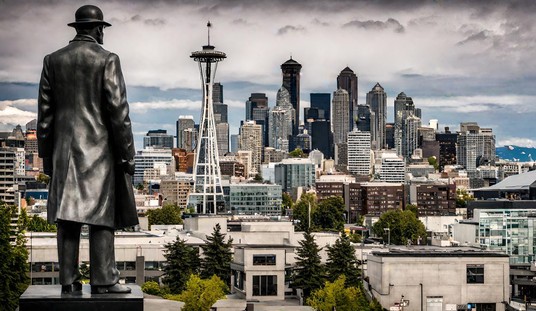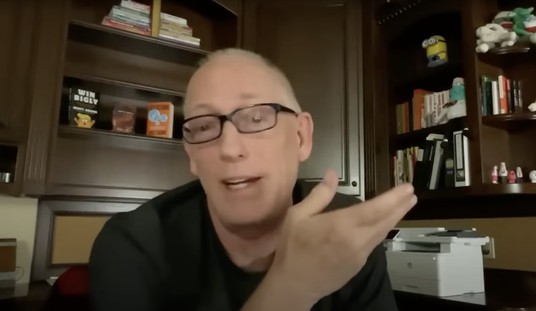Pyrotechnicians were big shots back in the Song dynasty (960–1279) when fireworks were invented in China. In the Han dynasty (202 BC – 220 AD), bamboo stems thrown into a fire were used to create a bang. And then came gunpowder. Stuff that into small spaces, and, well, that is where you get the saying, "Look ma, no Han." (Sorry!)
In the Song dynasty, firecrackers came into their own and were strung into mats, creating a chain reaction of explosions. By 1264, rockets were in play, frightening dogs, cats, and even the Dowager Empress Gong Sheng. A Syrian writer of that time said they were called "Chinese flowers."
But what about the beautiful colors? Eventually, chemical recipes were used to put a little artistry into the sound, smoke, and fury, or even the smoke signals. Becoming the rage in Europe, in 1758, a Jesuit missionary living in China sent a treatise on creating fireworks to the Paris Academy of Sciences. Even the great composer George Frideric Handel composed music for a royal fireworks shin dig celebrating the peace treaty of Aix-la-Chapelle. These days he's been eclipsed by another royalist song, Tchaikovsky's 1812 Overture, and ye old big cannon's booming and church bells ringing.
As an English geographer put it, "The diversity of colours indeed with which the Chinese have the secret of cloathing fire seems to be the chief merit of their pyrotechny." Far from being a vice, the essence of European and Western culture is cultural appropriation. And we are good at it. (See the great Rémi Brague, and his outstanding best seller, “Eccentric Culture: A Theory of Western Civilization.”)
What is the secret formula the scientists have cracked for all those colors? For that, you need to go back to that chemistry class you slept through in high school. First, aluminum powder produces those bright flashes and loud bangs.
According to the United States Geological Survey, the mineral elements at work for colors are:
- Red: Sr - Strontium
- Orange: Sr - Strontium, Na - Sodium
- Yellow: Na - Sodium
- Green: Ba - Barium
- Blue: Cu - Copper
- Purple: Sr - Strontium, Cu - Copper
- Greys and White: Ti - Titanium, Zr - Zirconium, Mg – Magnesium
A blue book exam will follow tomorrow, as you record the order of minerals you see in tonight's display. In the meantime, for your listening enjoyment, here is Handel's music for Royal Fireworks. Although, as Tom Paine said in his pamphlet "Common Sense," " in America the law is king."
And here is Tchaikovsky's 1812 Overture, with the military doing its part to keep it authentic. This reminds me of one of my old boosters, publisher William Loeb. Asked for a TV interview, and knowing how much the TV news hated "bang, bang," and guns, he told them, Let’s do the interview while I’m taking target practice with my pistol. Classic.
RELATED: Fireworks in the Sky Candy
And her is our favorite family doc. And he isn't a bad singer either. ;) Here's God Bless America with folks joining in.
And finally, in keeping with our theme of celebration, let’s not forget it is Louis Armstrong’s "fake" birthday. The one he actually celebrated during his lifetime. Spoil-sport historians have since discovered he was actually born on August 4. As America’s ambassador of goodwill, Satchmo helped promote our great country around the globe. Here he puts his stamp on a song written by another great American treasure, Hoagy Carmichael. Let’s join in today's Jubilee with Pops:Join PJ Media VIP today and get— 74% off with the promo code POTUS47
Join now to support this news site, go ad-free, and comment as you see fit .










Join the conversation as a VIP Member